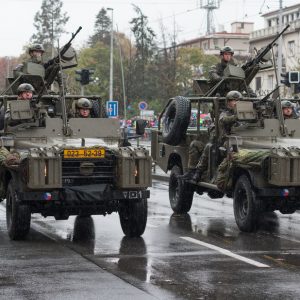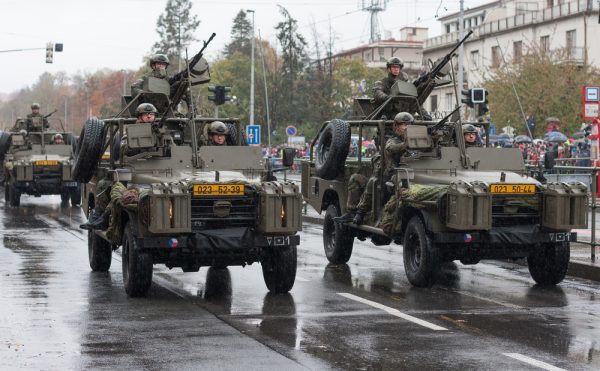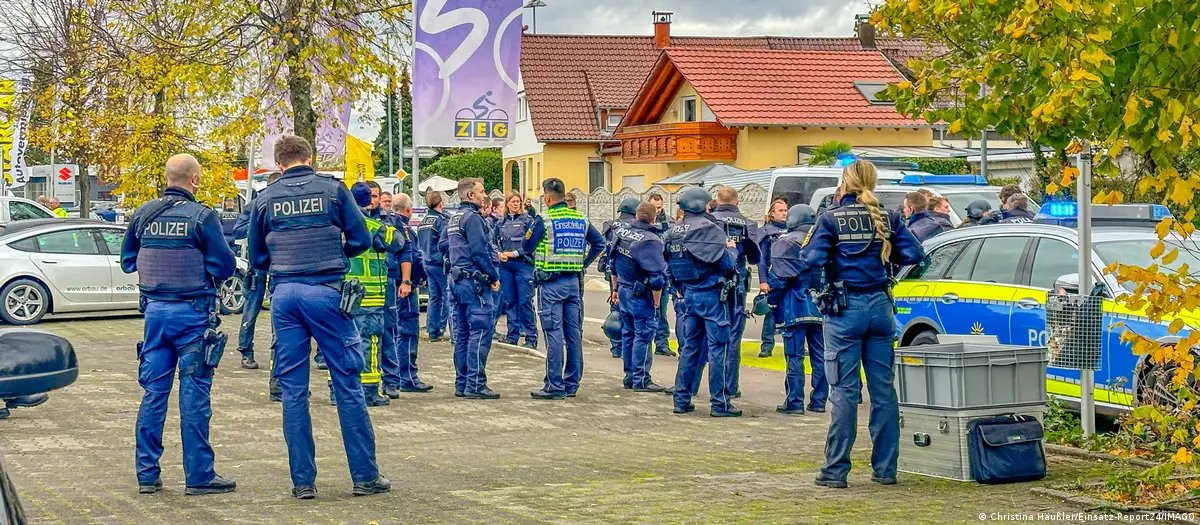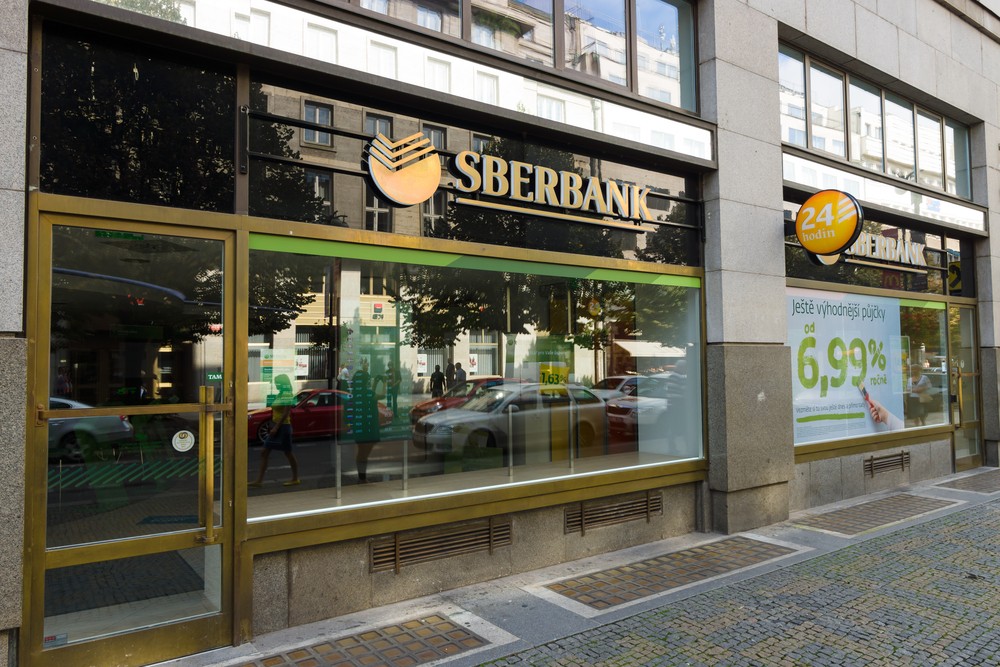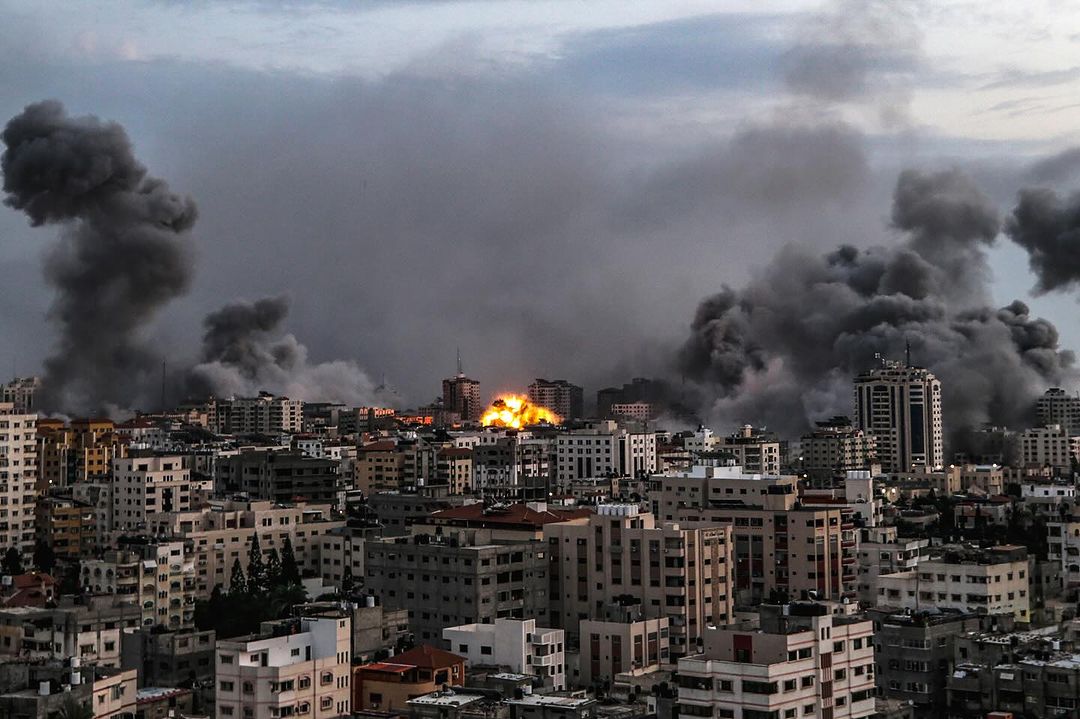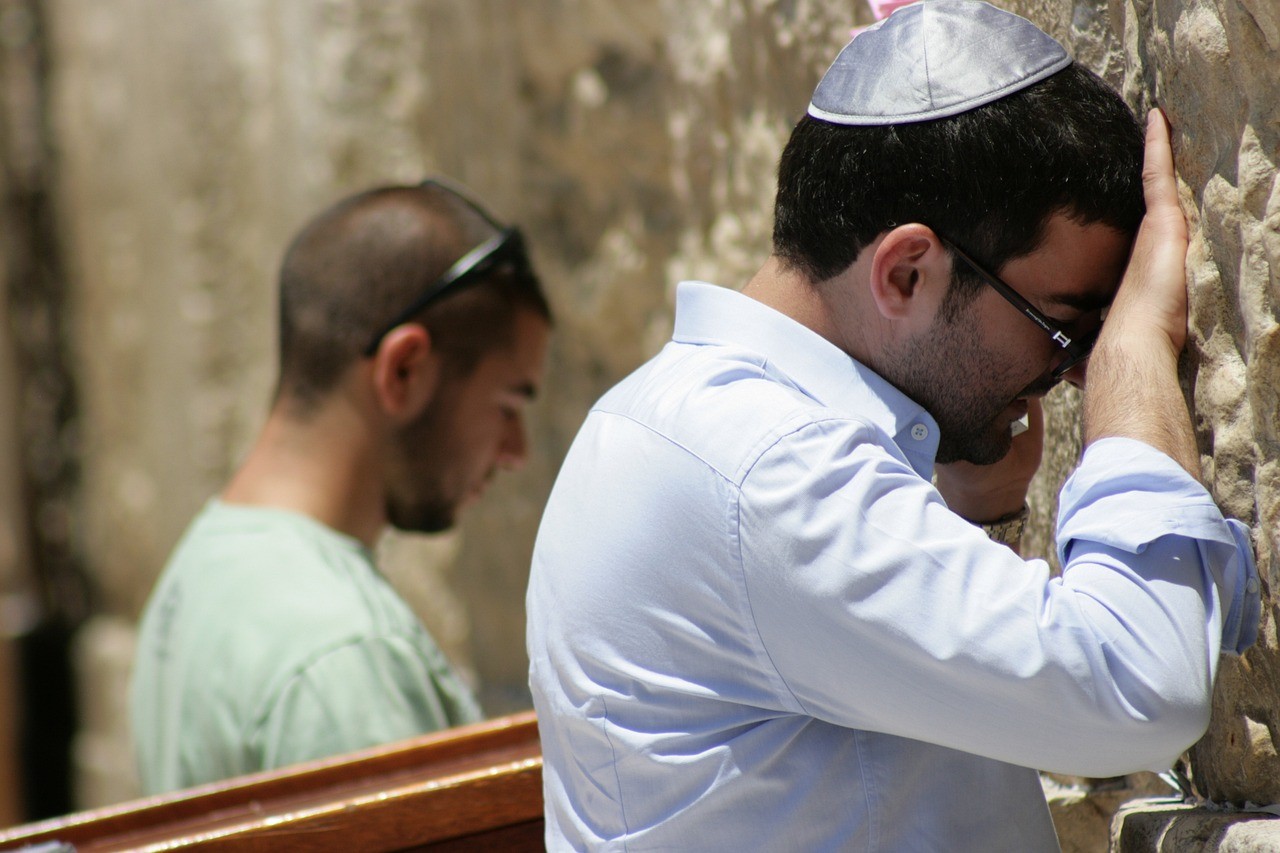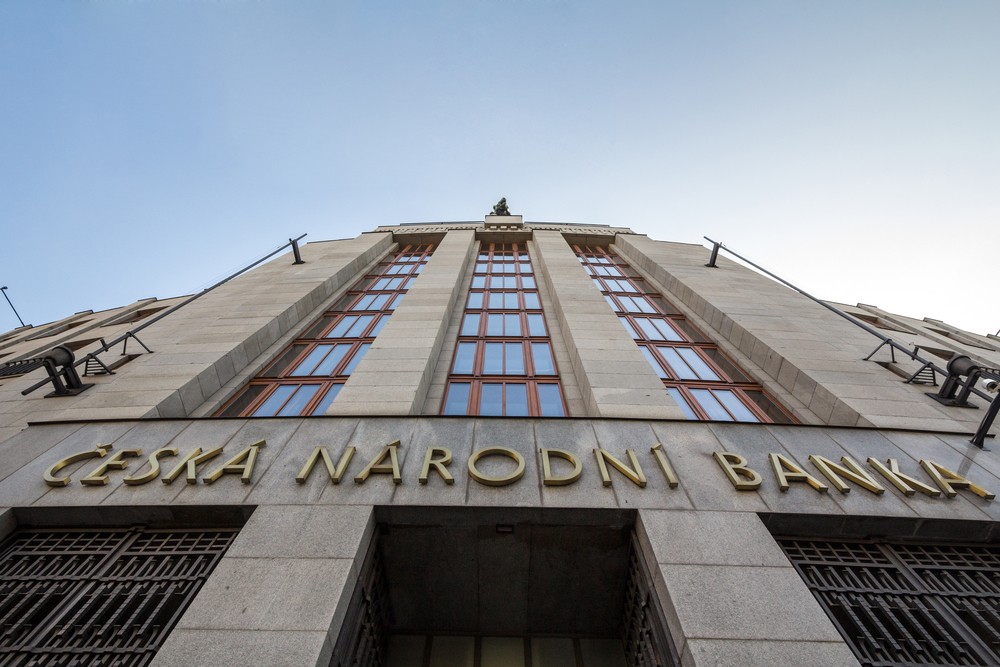Prague, Aug 11 (CTK) – The architecture of the 1960s and 1970s in the Czech Republic has a strange fate, Rostislav Svacha writes in a supplement to daily Pravo on Thursday and says young people are founding civic associations to protect it, while more and more buildings are being torn down.
He writes that a number of valuable buildings from the period have been pulled down and gives the examples of the Jested shopping centre in Liberec, north Bohemia, designed by prominent architects Karel Hubacek and Miroslav Masak, textile factories in Prostejov, south Moravia, and Usti nad Orlici, east Bohemia, and the Praha Hotel.
Svacha writes that the Transgas complex in Prague’s Vinohrady neighbourhood, designed by Ivo Loos and Jindrich Malatek, may also be torn down even though members of the Old Prague Club and other experts on Prague architecture want to preserve it.
That is why they have called on the Culture Ministry to declare it a national heritage sight. However, many people consider Transgas too young to be protected and others, including older-generation conservationists, say it is an ugly, communist building, Svacha writes.
He writes that without heritage protection, Transgas is doomed. The site has been bought by businessman Ivan Chrenko who would like to demolish the building and replace it with a glass shopping and office complex.
Svacha writes that similar objections were raised in the past to functionalist architecture from the period of the First Republic (1918-38), which people viewed as unattractive boxes.
The Communist regime, for its part, perceived them as products of capitalism and did not want to protect them for political-ideological reasons, Svacha writes.
He writes that similar criteria are applied now. Those who say Transgas is an ugly and communist structure, base their evaluation on political-ideological positions.
In spite of the Communist regime’s negative view of functionalist architecture, some buildings, including the Tugendhat Villa in Brno, became heritage sights in the 1960s already, Svacha writes.
The villa has been UNESCO listed since 2001.
Svacha writes that Transgas was built in 1970-78 on the order of the communist state which directed the distribution of Soviet gas to Austria, France, Italy and both German republics from the building.
But there is nothing communist about Transgas. It was clearly inspired by the period technicist and brutalist architecture of the capitalist West, Svacha writes.
The only similar structure in the country was the Jested shopping centre, which was demolished in 2009. If Transgas is also knocked down, one whole unique chapter in the history of Czech architecture will be erased, Svacha writes.


